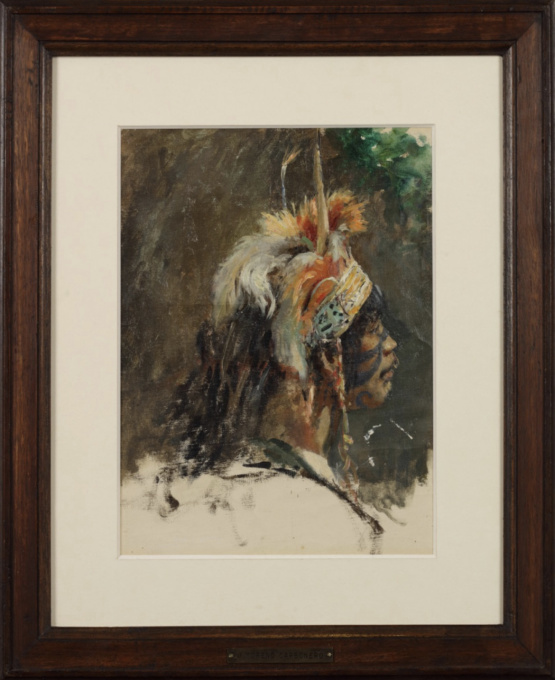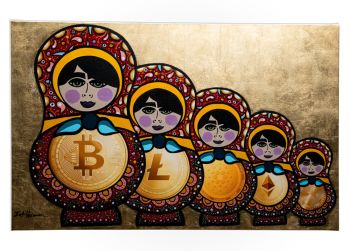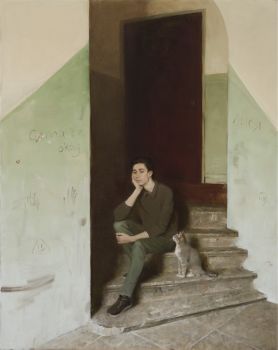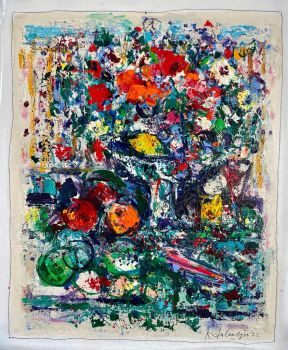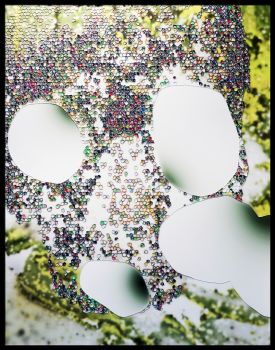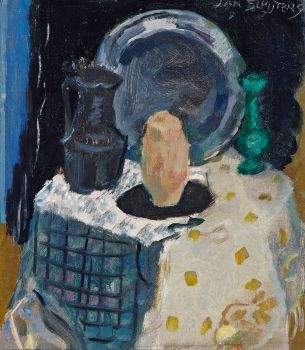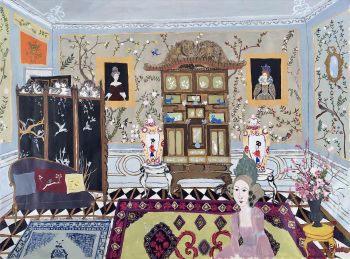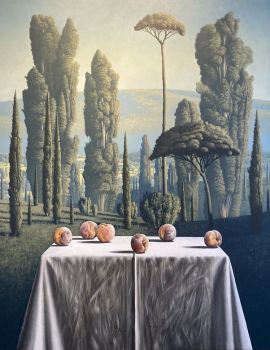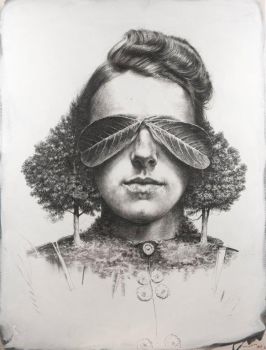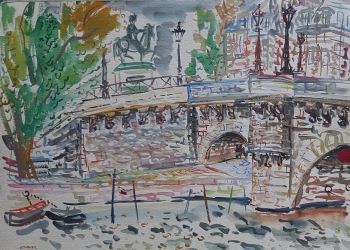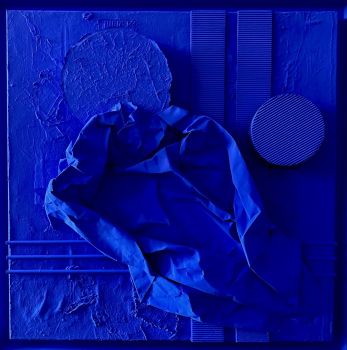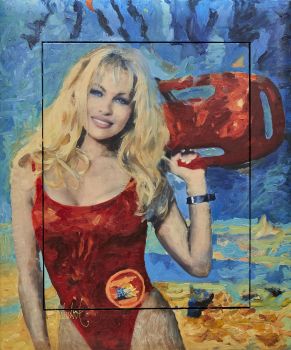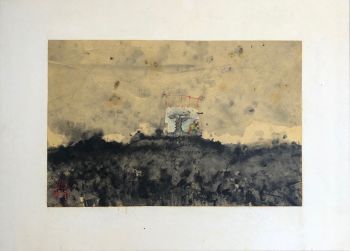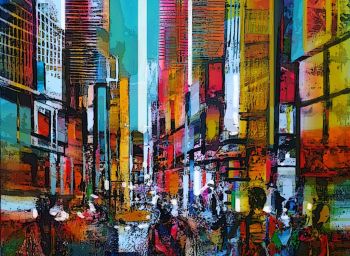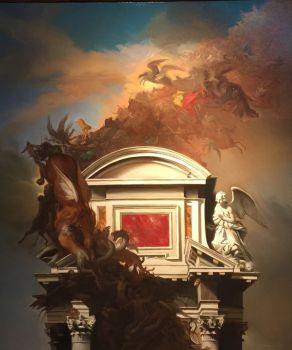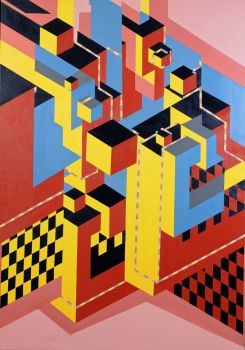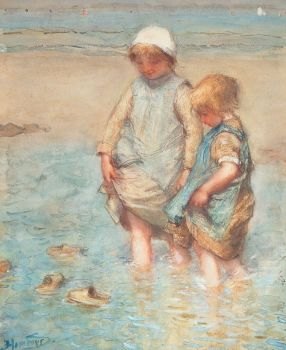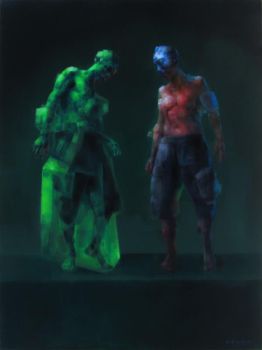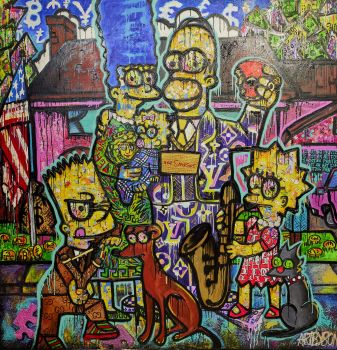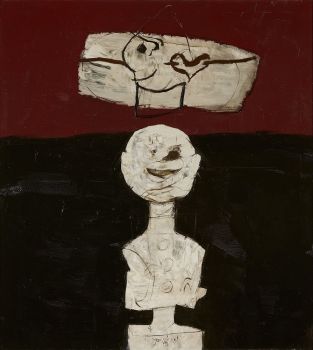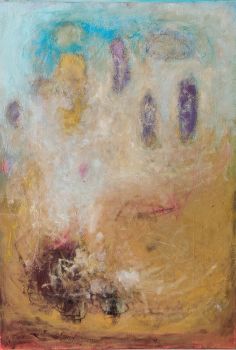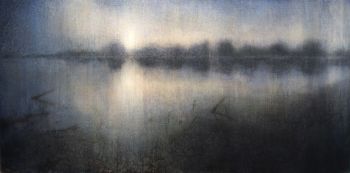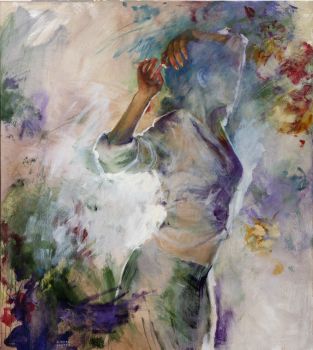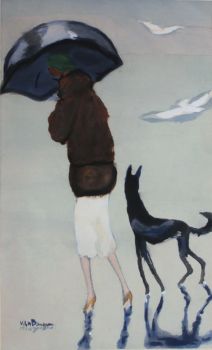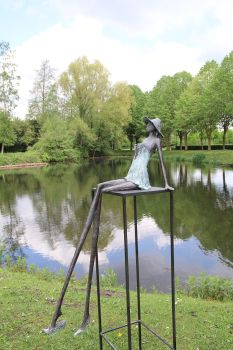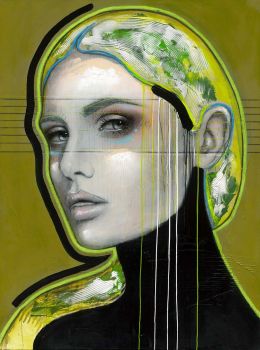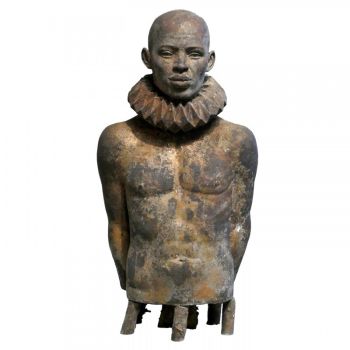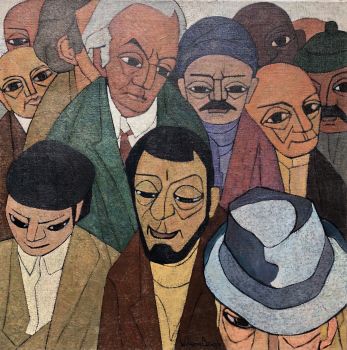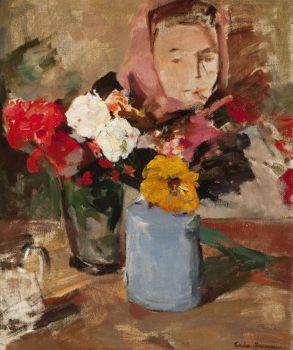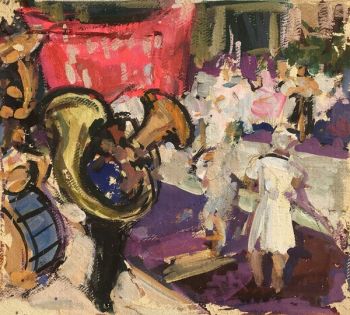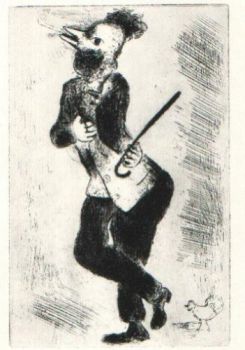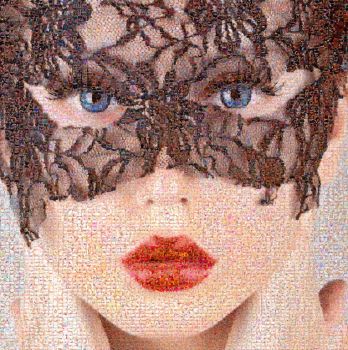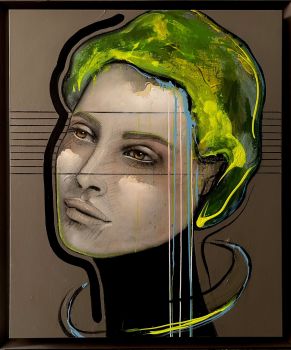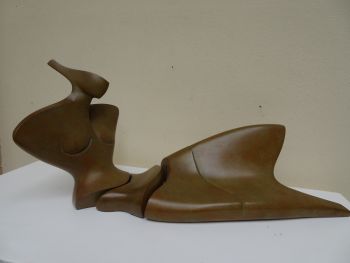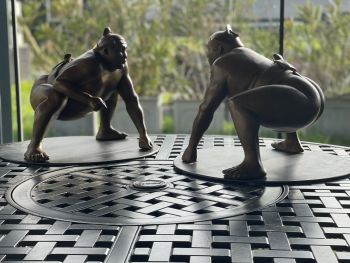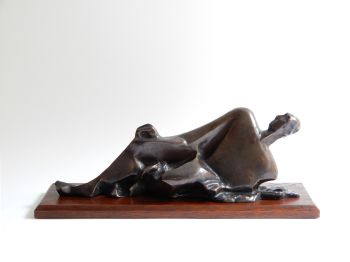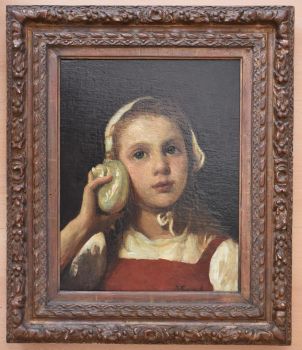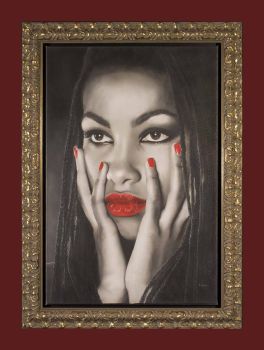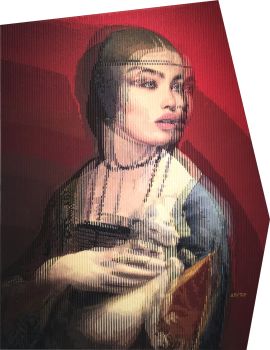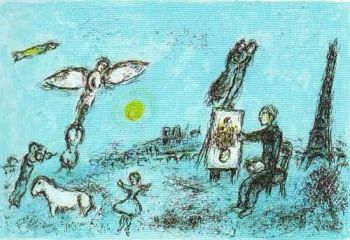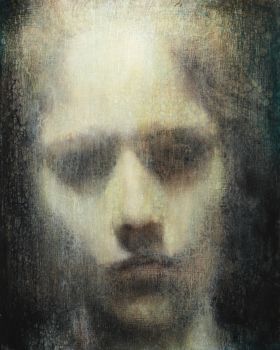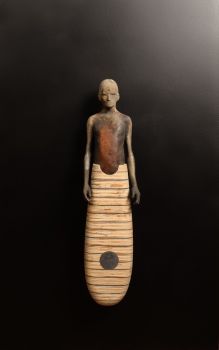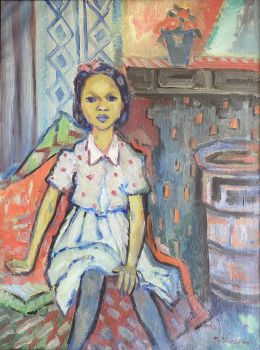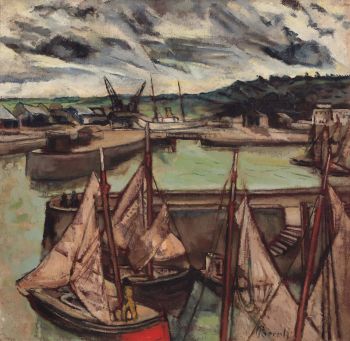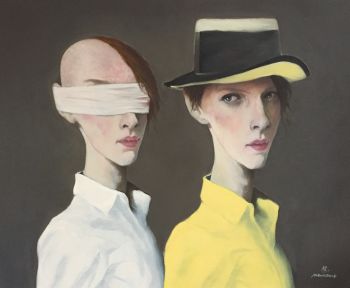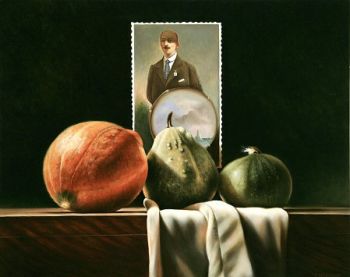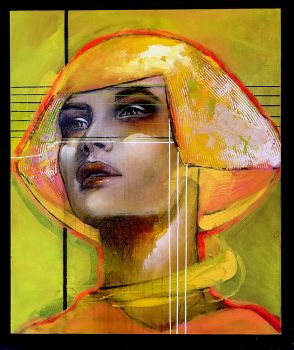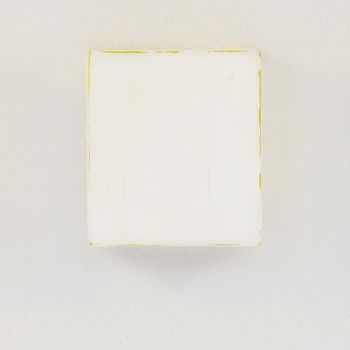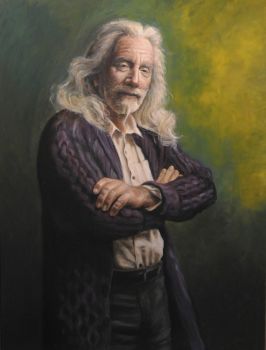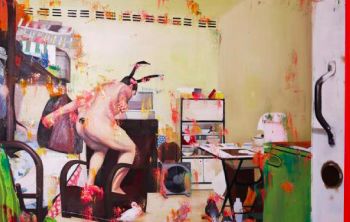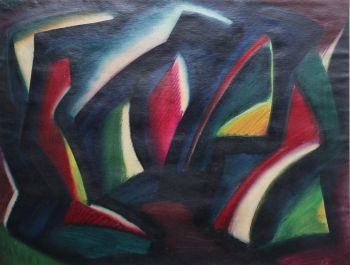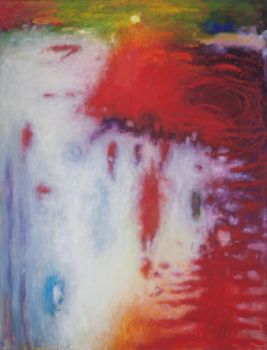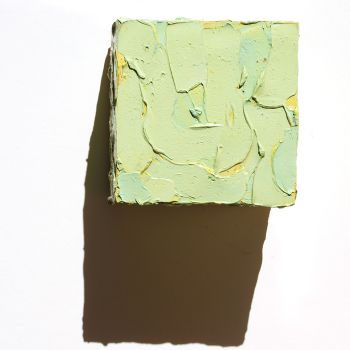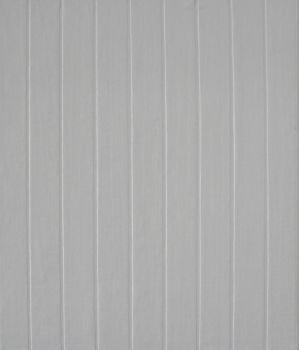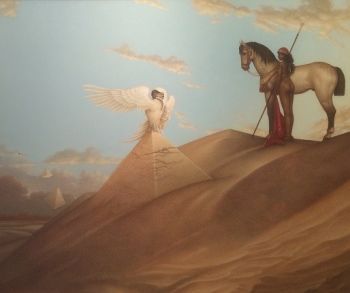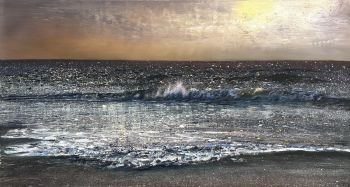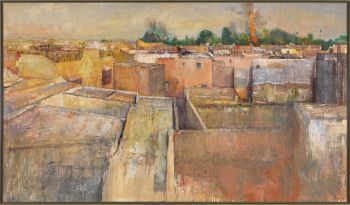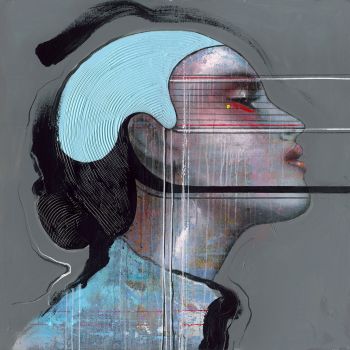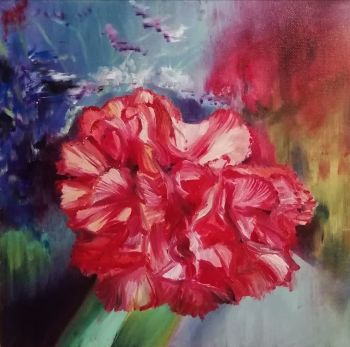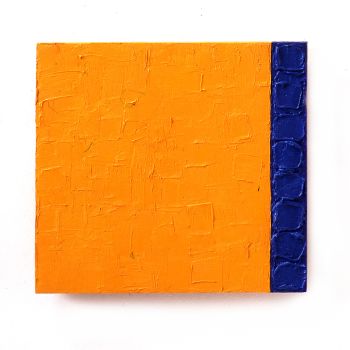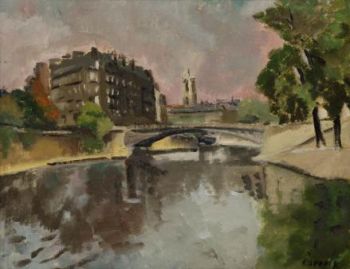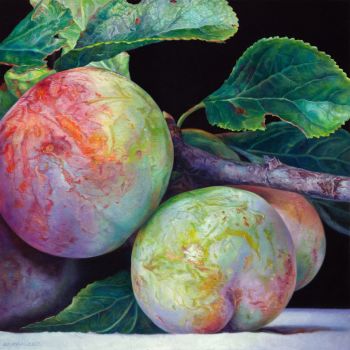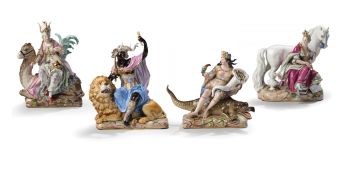Study of a Guarani man, Argentina, circa 1922 1922
José Moreno Carbonero
LienzoPintura de aceitePintura
32 ⨯ 26 cm
Precio a consultar
Zebregs & Röell - Fine Art - Antiques
- Sobre la obra de arteJosé Moreno Carbonero (1858-1942)
Oil on canvas, H. 32.2 x W. 26 cm
Moreno Carbonero was born, brought up and studied in Malaga, Spain. In 1875, after a two-year stay in Morocco, he moved to Paris on a grant from the Malaga Provincial Council. He joined the studio of Jean-Léon Gérôme. A regular visitor, the famous art dealer Adolphe Goupil commissioned his first works, mainly small genre subject paintings. Between 1881 and 1884, Moreno Carbonero lived in Rome before moving to Madrid. There, he achieved his first success with his painting The Conversion of the Duke of Gandia, which is now in the Prado Museum. From then on, the artist specialized in history paintings, often on a large scale; the best example is The Entry of Roger de Flor into Constantinople, painted for the Madrid Senate in 1888, which hasn’t moved ever since. Besides being a historical painter, the artist was also a portraitist, painting elegant portraits of Madrid's high society (see, for instance, Purificacion Fontan, Marquise del Pazo de la Merced, 1908, Prado Museum, Madrid).
At the beginning of the 20th century, the Argentine government was preparing to celebrate the May Revolution, which started on May 18, 1810, and led to the independence of Argentina. The municipality of Buenos Aires, joining in the celebration, commissioned a historical painting dedicated to the founding of the capital from José Moreno Carbonero. Under time pressure, Moreno Carbonero produced a work with which he was dissatisfied and criticized when he arrived in Argentina in 1910. For this reason, in 1922, he asked for the work to be returned to him to correct it. He studied the city's history, the site and the event depicted in situ and made substantial changes to make the painting more historically accurate. The definitive work, wholly reworked, was placed in the municipal palace in 1924. It can still be admired in its original place.
The city of Buenos Aires was founded on June 11, 1580, by Juan de Garay under the name of the 'Santissima Trinidad y Puerto de Sant Maria del Buen Ayre'. In Moreno Carbonero's painting, Juan de Garay, in the centre of the composition, raises his sword before the foundation pillar. On the right, the notary Pedro de Xeres signs the foundation act; on the left, the friar Juan de Rivadeneira raises the cross, and the alderman Don Pedro de Quirós carries the royal standard. All around, men in arms can be seen, as well as representatives of the native people from the area, including a man from the Guarani ethnic group. The present painting is a preparatory sketch of the head of this figure. - Sobre el artista
Nacido en Málaga el 24 de marzo de 1858, José Moreno Carbonero se formó inicialmente como artista en la Escuela Superior de Bellas Artes de la ciudad, donde fue alumno de Bernardo Ferrándiz y mostró desde muy temprana edad un destacado talento para la pintura. Tras viajar a Sevilla y París becado por la Diputación de Málaga, con sólo veintiún años ejecutó allí su primer gran cuadro histórico, El príncipe de Viana, 1881. , que lo consagró como uno de los grandes maestros del género, como lo confirman sólo unos años más tarde obras tan significativas como La conversión del duque de Gandía (“La conversión del duque de Gandía”, 1884) y la espléndida Entrada de Roger de Flor en Constantinopla (“Entrada de Roger de Flor en Constantinopla”, 1884), encargado por el Senado, es sin duda una de las pinturas de historia española más importantes del siglo XIX.
En 1898 Moreno ingresó en la Academia de San Fernando de Madrid y se instaló definitivamente en la ciudad. A partir de entonces vivió cómodamente en su mansión de la calle Miguel Ángel y fue aclamado como uno de los retratistas más reputados de la alta sociedad, aunque estas obras sean las muestras menos atractivas de su obra. Fue profesor de Dalí y Picasso en la Escuela de Bellas Artes y recibió en vida las más altas condecoraciones y honores, como las cruces de Alfonso XII y de Isabel la Católica, entre otras. También fue nombrado gran oficial de la Corona de Italia y de San Miguel de Baviera y comandante de la Estrella Polar de Suecia.
Pintor extraordinariamente prolífico, además de cuadros y retratos históricos, también produjo escenas de género y orientalistas, pinturas de tipos humanos y vistas de ciudades con edificios monumentales. Destaca especialmente por sus numerosos cuadros que ilustran episodios de obras literarias, especialmente Gil Blas y también Don Quijote, por el que desarrolló una auténtica pasión en las últimas décadas de su vida. Murió en Madrid el 15 de abril de 1942.
¿Está interesado en comprar esta obra de arte?
Artwork details
Related artworks
- 1 - 4 / 24
- 1 - 4 / 24
- 1 - 4 / 24
Artista Desconocido
Dos retratos de estudio de Mas Marco Kartodikromo1900 - 1950
Precio a consultarZebregs & Röell - Fine Art - Antiques
Artista Desconocido
The Stamford Raffles Secretaires.1800 - 1813
Precio a consultarZebregs & Röell - Fine Art - Antiques
Artista Desconocido
UN MODELO JAPONÉS DE UN NORIMONO, UN PALANQUÍN1650 - 1700
Precio a consultarZebregs & Röell - Fine Art - Antiques
1 - 4 / 12

